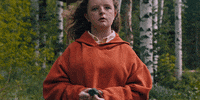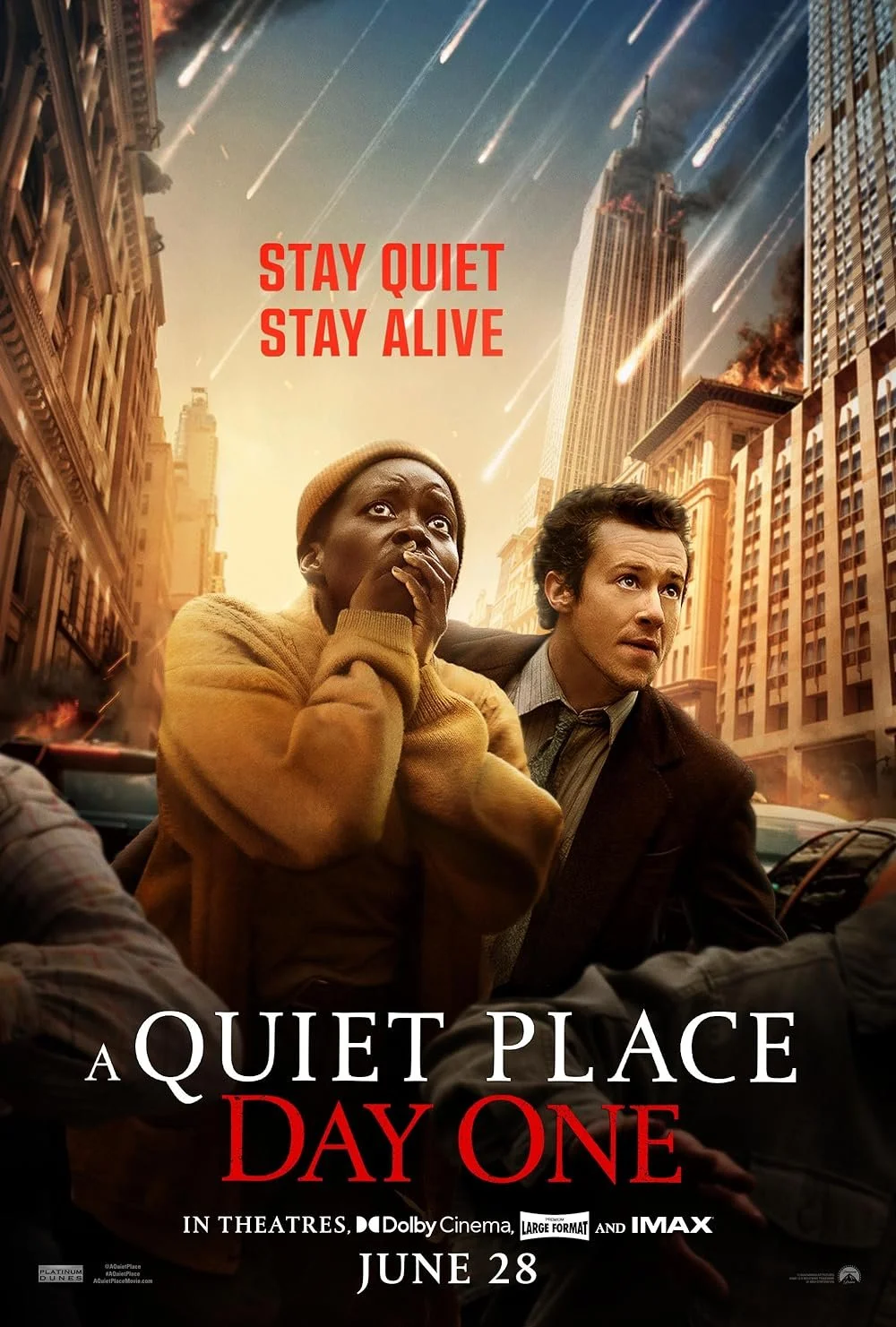Exploring Disability in Horror Films
I’ve said this before, and I’ll gladly repeat this – horror itself is a treasure to humanity because it allows us to look at the ugliness of the human condition through the surreal, unusual, and downright terrifying. For horror films, the platform has served as a deeper forum for examining society’s anxieties and the darker side of human nature. Because we can see and hear the horror, the movie amplifies the message.
While horror presents significant meaning in storytelling, it can also be a catalyst just to shock, gross-out, or disturb the audience. There are so many classic forms that, not narratively good, are just a really good time. This can create a double-edged sword when horror grapples with disability, reflecting both progressive representation and negative preconceptions.
The Double-Edged Sword of Representation
Right off the bat, I can say that this topic is personal to me, and sprinkled throughout will be mentions of my personal life. To start, I think that horror, can, when used well tackle disability in a positive light. My sister has spina bifida and to my knowledge, there is only one horror film that even remotely deals with that - The Devil’s Backbone (2001), named as such because Spina Bifida occurs because the spine has an incomplete development. I think the terror in the mention of the disorder is that there is a realm of truth – whether viewed as witchcraft or outright ostracization, people with special needs are viewed in a too often negative light, in this case, superstition, and I think that can create a double-edged sword – there can be a deeper meaning, but Del Toro requires you to search for it.
Another Guillermo Del Toro film that deals with disability is Shape of Water (2017) which is a film I love. The lead character, a non-verbal woman named Elisa (played by Sally Hawkins) falls in love with a fish. While I do like this film, I can understand its flaws – an actress and director who do not have those experiences. Hawkins does a phenomenal job in its portrayal, and this revisionist view of the Creature from the Black Lagoon is interesting, but at the end of the day, the film relies heavily on stereotypes and assumptions. Further, even if Elisa and her fish lover fall in love because they are both outsiders, it's heavily implied that it’s also because the creature simply doesn’t know she is “incomplete” (her words from the movie).
For a deeper dive into these two movies, I suggest checking out Ep 28 of the Braaains Podcast which features Michael J. Dougherty, a screenwriter, and advocate who co-founded the Reel Abilities Film Festival: Los Angeles.
Similarly, this double-edged sword reminds me of one of the most infamous horror films that tackle people with disabilities – Tod Browning’s 1982 Freaks. The film featured performers with real disabilities, offering them a rare opportunity for autonomy and financial independence during a time when these types of shows were still ongoing. But the movie also portrayed these characters in a way that matched the worries and prejudices of the day, making them seem otherworldly and even terrifying, which served to further stigmatize people who were simply born different or had their abilities change later in life.
DisAbility as a Source of Fear or Victimization
It is no secret that horror films have often used the “other” of differently-abled people to visually depict villainy or malevolence. Characters with physical disfigurements or mental illnesses are an easy way for filmmakers to underline the evil nature of the human condition. There are so many examples to draw from – The Joker, Freddy Krueger, Darth Vader, Jason Voorhees, Spawn, and the list goes on. That is also to say nothing of the view of mental illness from Psychoto Split (2016).
Then there is the horror that underlines the otherness in a way that is pseudo or outright victimization. For example, Hereditary (2018) enhanced the eerie mood of the movie by using Milly Shapiro, who suffers from cleidocranial dysostosis, a disorder that affects the growth of bones and teeth. While I can appreciate Aster casting Shapiro, if we look at his film Midsommar(2019), the Oracle character named Rueben, then we see an uncomfortable trend. Rueben is a product of inbreeding, and although it doesn’t have to be included for that message or its sinister message to come across, he has facial disfigurement. It should be noted that the character is played by Levente Puczkó-Smith and thus, this is an active choice in Aster’s directorial use of makeup and prosthetics.
Thus, it makes Shapiro’s casting be seen through a different lens. My opinion on that is if her ostracization and otherness weren’t so heavy-handed, such as her cutting off a bird’s head, she was just another character, I'd view her differently. In other words, had they treated her in the same way that Gaten Matarazzo, who also has cleidocranial dysplasia, in Stranger Things is treated – just a normal part of the show, and whose medical inclusion is only mentioned when the character (who also has this) feels it's relevant to the conversation to bring up.
As the nonprofit group Changing Faces says through their I Am Not Your Villain campaign, “It’s astonishing to think that films have used visible difference as a shorthand for villainy so often and for so long.”
Backlash and Criticism from DisAbility Communities
Throughout this article I have shown examples of times when the community stands up and says – hey wait a minute, But, I want to also point out that sometimes it is members of a specific group that catch on to how horror is handling a certain body type, appearance, or human struggle.
For example, disability rights organizations took issue with Jordan Peele's 2019 film Us because it portrayed a character with a condition resembling the symptoms of spasmodic dysphonia, a neurological disorder that affects the larynx's voice muscles. When viewing the film, I thought this was because the character had been underground for so long, but many people with said condition viewed the film's antagonists' voice as a characteristic to be perceived as supporting the stereotype that people born differently should be feared or seen as abnormal.
Humanizing Through the Horror Narrative
I have to say that there are times when I think that horror does get it right, at times, and I know there are differing viewpoints on this. A standout example, in my opinion, is The Quiet Place series, namely the first one and more recently, Quiet Place: Day One (2024). I saw the first with my sister, who hates horror movies, but loved the film. The deaf character, Regan, played by deaf actress Millicent Simmonds, was a complete breath of fresh air to us. Additionally, American Sign Language (ASL) is incorporated into the movie's story, transforming what some could consider a limitation into a survival tool. This enhances the role's realism and demonstrates how a difference in ability can add to the complexity of the story and the growth of the characters.
Similarly, another relative, who does not like horror movies, saw The Quiet Place: Day One with my partner (without seeing the first two lol). Her gamble of “Oh, just pick something I just want to go to the movies), really paid off because she loved the movie. The film incorporates the Samira lead character, played by Lupita Nyong’o, battling cancer, which adds layers to the story and provides a platform to showcase the strength and resilience of those with serious illnesses in the face of apocalyptic adversity.
The whole film-watching experience was especially meaningful for us because that same relative had just finished chemotherapy and was into radiation treatments when we saw the film. She’s now cancer-free by the way!
Navigating The Future of Disability in Horror
I love horror and have watched, rewatched, and analyzed all the films mentioned through a lens of love of the genre. However, I would be remiss if I didn’t point out how the genre has handled the human form in all of its many capacities and glory.
What I see though, is open conversation towards a more nuanced and respectful shift towards how differences are viewed in horror. I have ADHD and complexly understand how films tackle misconceptions. I also have ocular rosacea, which developed in the last few years, so on the reverse end of the spectrum, I can understand how horror filmmakers and directors can get an idea of something outside the realm of what is considered “normal.” For instance, my extreme light sensitivity has produced so many ideas.
While horror films have made significant progress in how they portray disability, there is still much work to be done. The way the public reacts to these representations can be a useful feedback loop for the film industry, drawing attention to the need for more narratives that respect the compassion and complexity of people with disabilities without taking advantage of differences for shock value.
After all, at the end of the day, by casting a wider net of representation we have more room for more complex and narrative-driven horror.









Explore the musical techniques in Parker Finn’s Smile 2, from Skye Riley's eerie pop soundtrack to the atmospheric sound design that immerses audiences in psychological terror.